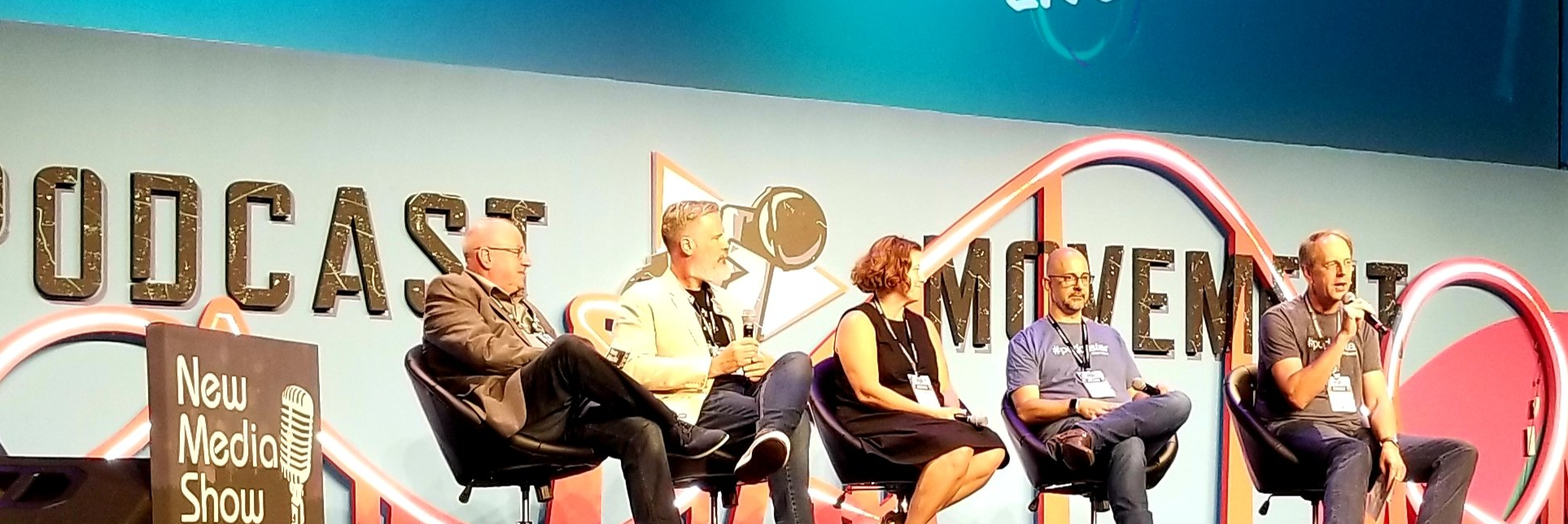
By Rob Greenlee, Former VP of Content and Partnerships, Libsyn.com
You might be asking a simple question: Why? Again, we have been here before, and it was called the Association of Downloadable Media (ADM). It was a grassroots organization formed by some of the larger podcasting players in 2008.
Ten years later, much maturity in the market has occurred, but most new people to podcasting will not have known this history. It is also true that it does not matter how much what happened in the past, but what we do now going forward. I agree with that thought, but some lessons can be learned from that experience to make an organization work this time.
The ADM was mostly a failure by most measures, with the group in fighting and backroom closed-door communications in efforts to control the group’s efforts. Still, some good came out of it, and we did set some very basic measurement standards that have carried the overall podcasting industry till the more recent efforts by the IAB Podcast Metrics Working Group to establish v.1 and, more recently IAB v.2 Podcast Metrics Standards.
The thought is to create an industry group that can collaborate to create more standards in the industry around advertising formats, best practices around dynamic ad insertion, and programmatic ad buying. Large brands and agencies need some whitepapers with examples of successful advertising campaigns.
As host/talent read ad spots converge more with programmatic buying platforms, we will see revenue grow in the podcasting medium.
We must also keep working on audio-playing client-side metrics to realize the complete listening picture from downloaded podcast audio files.
This new unnamed podcast industry association would enable everyone to come together around growing the listening side of the podcasting industry with the potential of co-op online and offline marketing and promotion.
I have a proposed name for the new association, and that might be “Professional Podcast Association” (PPA) or “Global Podcast Association” (GPA). Please let me know if you have any other ideas about this proposal – rob.greenlee at gmail dot com.

 This introduction episode is about my backyard Aquaponics project that I have been working on for almost a year now. This episode just spends a few minutes explaining the project and its challenges.
This introduction episode is about my backyard Aquaponics project that I have been working on for almost a year now. This episode just spends a few minutes explaining the project and its challenges.
